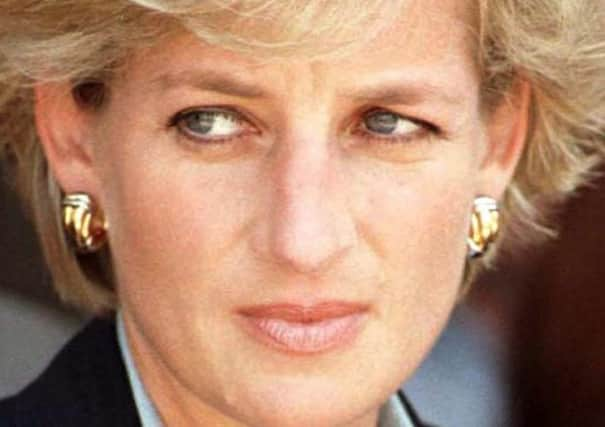Cries for help: Contradictions of troubled figure


But she is also a contradictory figure, drawing attention to the disadvantaged with a common touch that could bridge social divides, while at the same time fighting her personal demons.
She was the most famous woman in the world yet also a lonely figure, troubled by bulimia and tormented by the media attention her status attracted.
Advertisement
Hide AdAdvertisement
Hide AdThe “fame” switch had been flicked the moment she appeared on the world stage as an awkward teenager, a self-styled Sloane Ranger living in a London flat with her girlfriends and working in a kindergarten.
By royal standards a commoner, but she was nevertheless a member of the aristocracy, born into a privileged family.
Barely out of her teens when she and Charles married, it was not long before the cracks began to appear. According to Andrew Morton’s explosive book, Diana, Her True Story, her husband’s dismissive reaction to the arrival of a second son and his departure for a polo game the day after the birth was the beginning of the end of the marriage.
Morton wrote that Diana was haunted by a belief that Charles’s former lover, Camilla Parker Bowles, was back in his life and was wracked by insecurities, doubting her worth as a member of the Royal Family.
Advertisement
Hide AdAdvertisement
Hide AdLater it emerged that she had tried to take her own life in what she termed “cries for help”.
A few years later Charles admitted on TV that he was unfaithful after his marriage had “irretrievably” broken down, but did not identify his mistress.
It was later alleged, though not confirmed, that it was Camilla, whom he later married.
Diana made her own TV confession in 1995 when she revealed she had an affair with Life Guards officer Major James Hewitt.